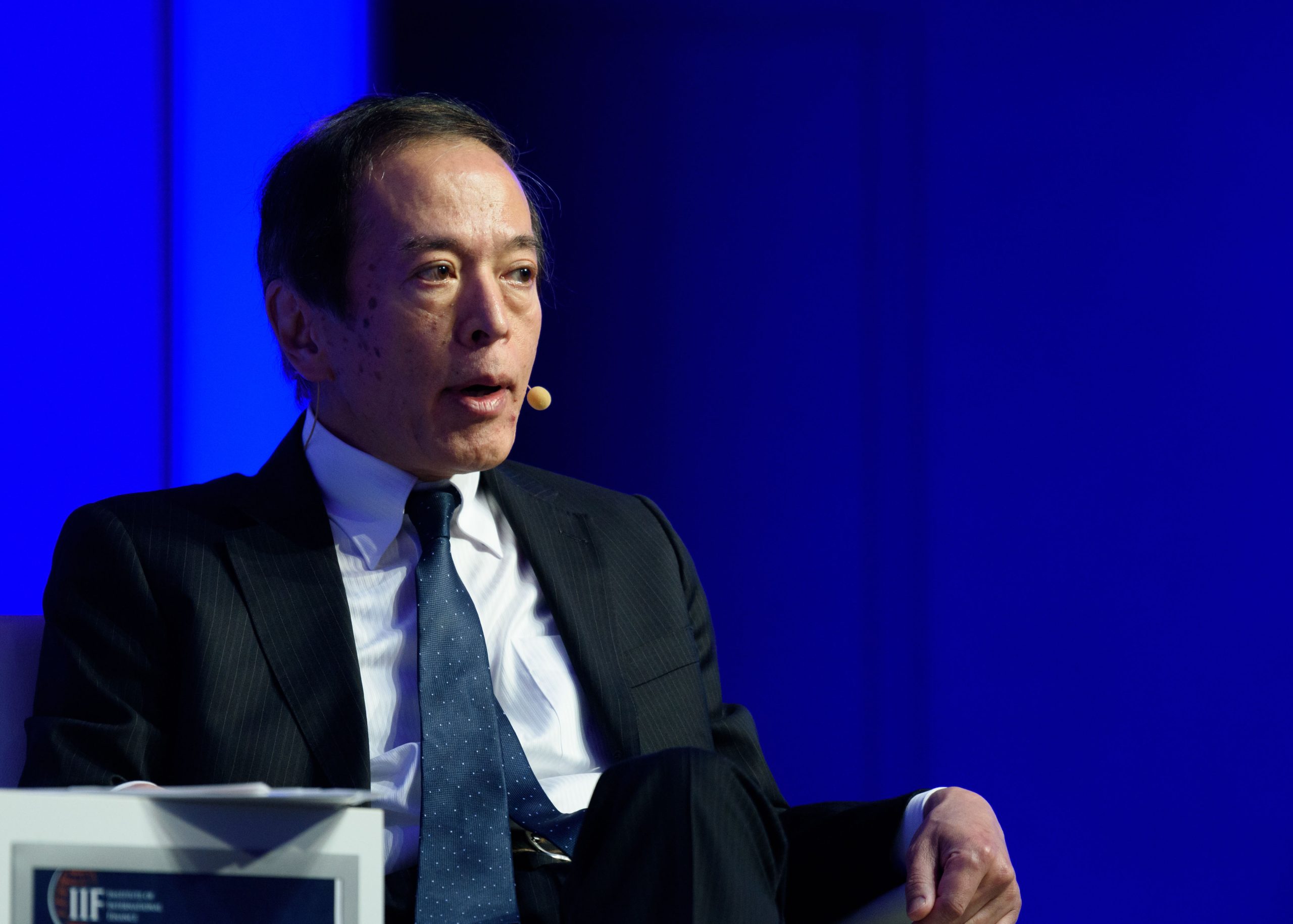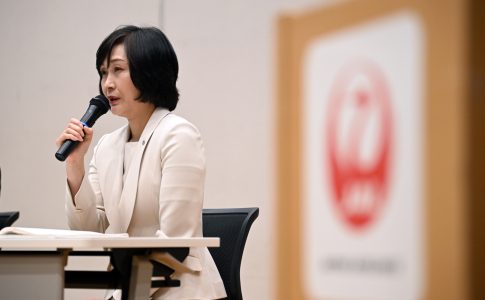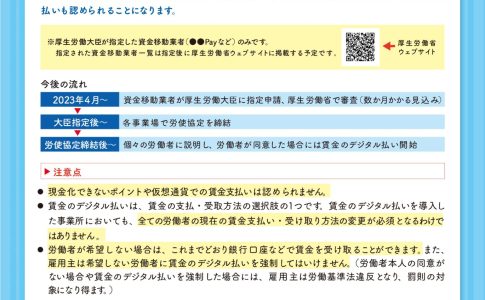The Bank of Japan decided on a policy amendment at the end of October that further rendered long-term interest rate operations a formality. This has now shifted the focus to the timing of the exit from negative interest rate policies.
Market expectations are predominantly pointing to April next year. For instance, in an article published in mid-October, a survey by the Nikkei newspaper showed that out of 16 economists, 9 predicted April of the following year (with the monetary policy decision meeting set for the 25th and 26th). Adding one person who predicted January (with the meeting on the 22nd and 23rd), over 60% expect the policy to be lifted by next spring.
Feeling of Discrepancy for March Expectations Being Zero
The condition for lifting negative interest rates is the prospect of a sustained and stable achievement of the 2% inflation target. The BoJ emphasizes wage increases when making that judgment. Therefore, it’s natural to consider next spring crucial, as the results of the spring labor negotiations will be apparent by then.
However, there is a part that feels off. It was the absence of responses for March (with the meeting scheduled for the 18th and 19th). As this was a slightly earlier survey, the current expectation for March may no longer be nonexistent, but nonetheless, March predictions don’t seem to be numerous. The likely reason is the absence of a quarterly inflation outlook update in March (which is typically updated in the months of January, April, July, and October).
While it’s true that announcing the exit decision concurrent with a new forecast could make explaining the rationale easier, can we be certain it will always be the case?
Such a consideration comes from a bitter experience the writer had with the commencement of the BoJ’s policy normalization in the spring of 2006, 17 years ago.
The 2006 Lift-off Happened at a Meeting Without an Inflation Forecast Publication
Concerning the start of normalization, which was the exit from quantitative easing, the writer speculated suggesting “a high likelihood of a decision on April 28th.”
One of the bases for this was the update of the inflation outlook at that meeting. The BoJ’s exit condition at that time included a year-over-year increase in the consumer price index averaging above zero percent for several months, and the forecast should not anticipate a return to negative numbers. It was reasoned that lifting the policy after showing these forecasts would better fulfill the explanation duty.
However, on the morning of the day the article was published, a BoJ-related person, who was close to then-Governor Toshihiko Fukui, commented, “Isn’t it too early to decide?” This gave an unpleasant premonition, and indeed the BoJ moved on March 9th, not waiting until April.
Regardless of the reasons, being a BoJ watcher means results are everything. The author reflected on missing the prediction and conducted thorough interviews to understand why the BoJ moved in March. The findings from this are summarized below and include elements that could be useful in predicting the timing of the current negative interest rate exit decision. With these in mind, three points seem prudent to pay attention to.
BoJ Might Seek to Retain Flexibility
Firstly, the BoJ may attempt to maintain flexibility in policy decision-making. The adjustments to long and short-term interest rate operations in July and October of this year coincided with the inflation forecast publications. If the decision to end negative interest rates is made in the same manner, it could become a market norm to anticipate subsequent decisions like the zero-interest-rate policy lift to be made at the same time, potentially hindering the BoJ’s ability to act swiftly. Therefore, they might deliberately choose a different pattern.
Secondly, the political element is also crucial. For example, if there is a dissolution of the House of Representatives and a general election, policy changes just before such events are prone to various political interpretations and are not desirable. As a result, the BoJ may move without aligning with the inflation forecast publication to avoid political entanglements.
The third point is the relationship with U.S. monetary policy. If, after entering the next year, there is widespread speculation of an early rate cut by the U.S., this could lead to a stronger yen, increasing the risk of market instability. If there is a fear of such developments, the BoJ might decide it’s wiser to act before the inflation forecast publication.
Of course, the most likely scenario is a decision concurrent with an update to the inflation outlook, with the earliest being next January. However, uncertainties in inflation, the market, and politics remain high. As Kazuo Ueda, the BoJ Governor, says, it’s important to remember that “it is not possible to decide at an early stage.”












Leave a Reply